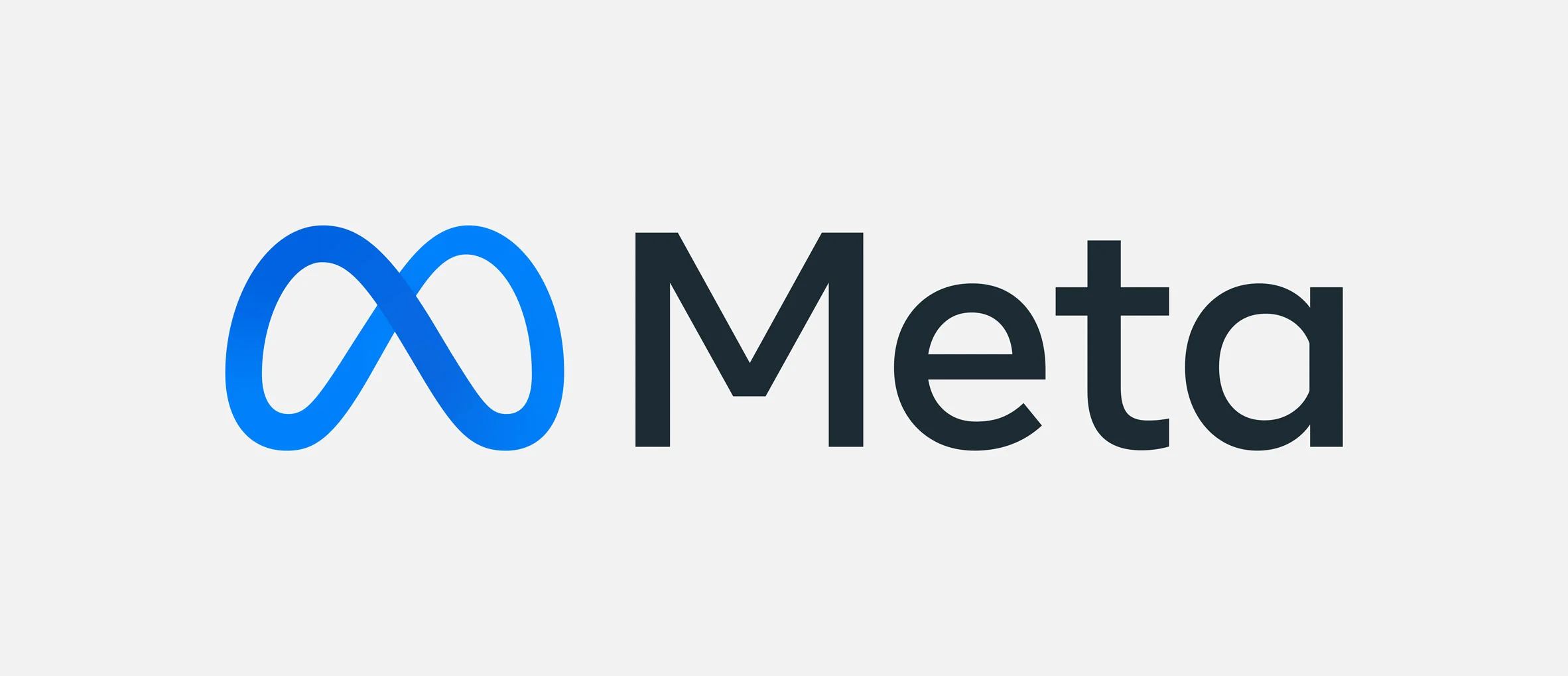What Factors Should You Consider When Creating Website Content?

Creating attractive website content is crucial for engaging your audience, driving traffic, and achieving your business goals. Content is not just about stuffing up space on your website; it’s about providing value, addressing user needs, and aligning with your brand’s voice and objectives. Here’s what you should consider when developing your website content:
Quick Overview of Topics Covered in This Blog
Understand Your Audience
Before you start writing, it’s essential to know who your target audience is. Understanding your audience helps tailor your content to their needs, preferences, and pain points. Here’s how to gain insights into your audience:
- Demographics: Gather information on your audience’s age, gender, location, and income level. This helps in creating content that resonates with their lifestyle and interests.
- Behavioral Insights: Analyze how your audience interacts with your website. What pages do they visit most often? What content do they engage with? Tools like Google Analytics can provide valuable data.
- Challenges and Requirements: Identify the challenges and needs your audience faces. Craft content that addresses these issues and offers solutions.
Define Your Content Goals
Clearly explain what you want to achieve with your content. Different types of content serve various purposes, and positioning your content goals with your business objectives is vital. Consider the following:
Brand Awareness: Content that introduces your brand and communicates your values.
Lead Generation: Content that captures potential customer information through forms, offers, and calls to action.
Customer Engagement: Content that fosters interaction and builds relationships with your audience, such as blog posts, social media updates, and newsletters.
Sales Conversion: Content designed to drive conversions, such as product descriptions, case studies, and customer testimonials.
Develop a Content Strategy
Creating a strong content strategy is important for ensuring that your website content effectively engages your audience and meets your business objectives. A well-planned content strategy helps you stay organized, maintain consistency, and measure your success. Here’s how to develop a comprehensive content strategy:
- Content Types: Decision on the types of content you will produce, such as blog posts, videos, infographics, whitepapers, and case studies.
- Content Calendar: Content Publishing should be done according to a schedule to ensure consistency and relevance—plan for seasonal topics, industry trends, and important dates.
- Content Distribution: Determine how and where you will share your content. This could include your ebsite, social media platforms, email newsletters, and third-party sites.
Focus on Quality and Relevance
You should make sure that your website content is high quality and relevant to your audience is crucial for engaging visitors, building trust, and achieving your business goals. Here’s a detailed guide on how to focus on quality and relevance when developing your website content:
Informative and Valuable: Provide actionable insights, helpful tips, and useful information that adds value to your audience’s lives.
Well-Researched: Your content should be based on accurate data and credible sources. Proper research enhances the credibility of your content.
Engaging and Clear: Write clearly and concisely and use engaging language. Avoid jargon and complex terminology that might confuse your readers.
Incorporate SEO Best Practices

Search Engine Optimization (SEO) technique should be adopted for enhancing a website’s visibility on search engines and driving organic traffic. Incorporating SEO best practices makes sure that your content is easily noticeable by users searching for relevant information. Here’s a detailed guide on how to incorporate SEO best practices into your website content:
Keyword Research: Recognize relevant keywords that your target audience is searching for. Utilize these keywords naturally within your content to improve search engine rankings.
On-Page Optimization: Optimize meta titles, descriptions, headers, and image alt texts. You need to make sure that your content is structured and easy to read.
Internal and External Links: Include links to relevant internal pages and credible external sources. This enhances the value of your content and helps with SEO.
Use Compelling Visuals
Compelling visuals are a critical component of effective website content. They enhance user engagement, make information more digestible, and improve the overall attraction of your site. Here’s a detailed guide on how to use compelling visuals effectively:
High-Quality Images: Use relevant, high-resolution images that complement your content and enhance user experience.
Infographics: Visual presentation of data and information can make complex topics appealing and easier to understand.
Videos: Videos can effectively communicate your message and keep visitors on your site longer.
Ensure Accessibility
Making sure your site’s accessibility for everyone including disabled users is a moral and legal obligation that enhances the user experience and expands the audience you reach. You can achieve accessibility through semantic HTML, supplying alt text for images, assuring the keyboard is accessible and using high contrast for comprehension, and offering subtitles to videos. Create a mobile-friendly website and keep the same design and structure of navigation.
Conclusion
Developing effective website content involves:
- A deep understanding of your audience.
- Clear goal-setting.
- Strategic planning.
- Adherence to SEO and accessibility best practices.
Focusing on quality, relevance, and user engagement can assist you create content that attracts and retains visitors and drives your business goals forward. You should also regularly analyze your content’s performance and be prepared to adapt your strategy to meet evolving audience needs and market trends. With a thoughtful approach to content development, your website can become an important tool for business growth and success.











